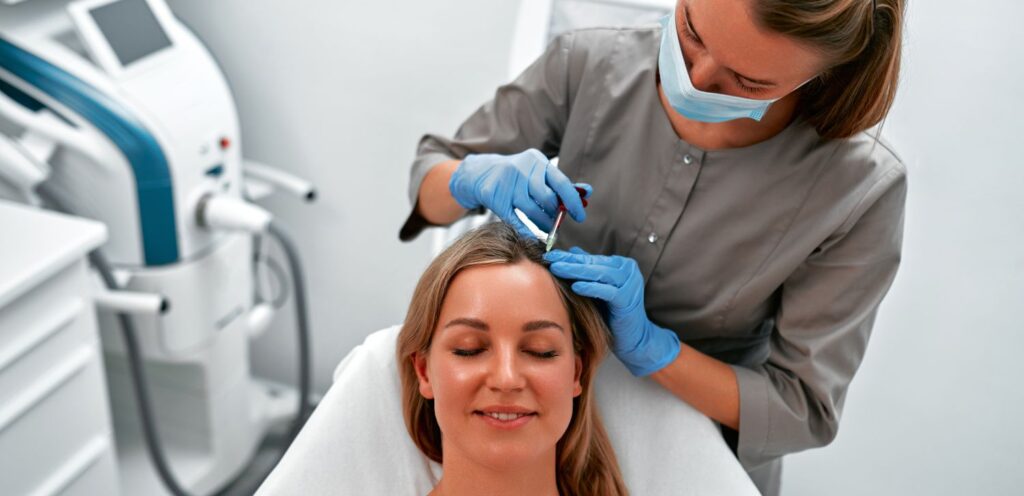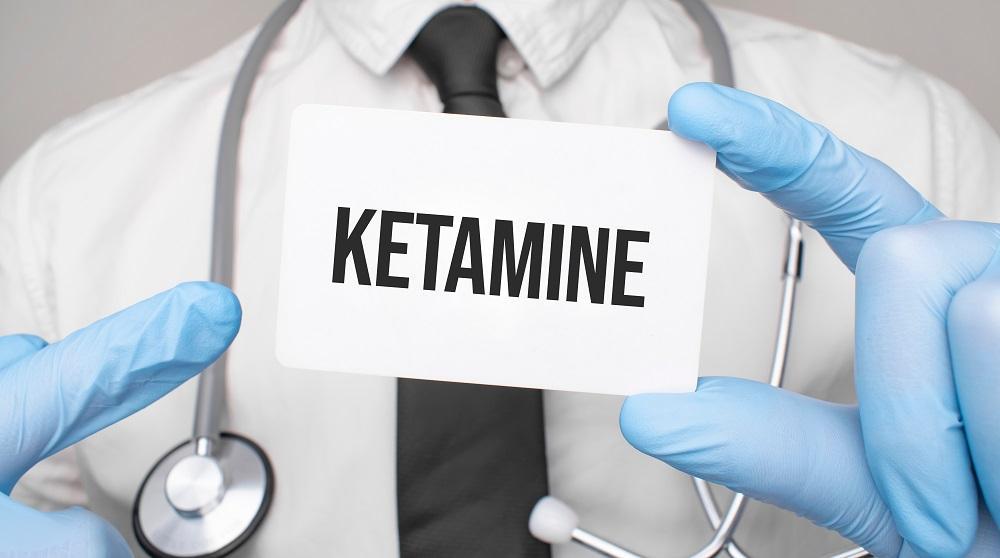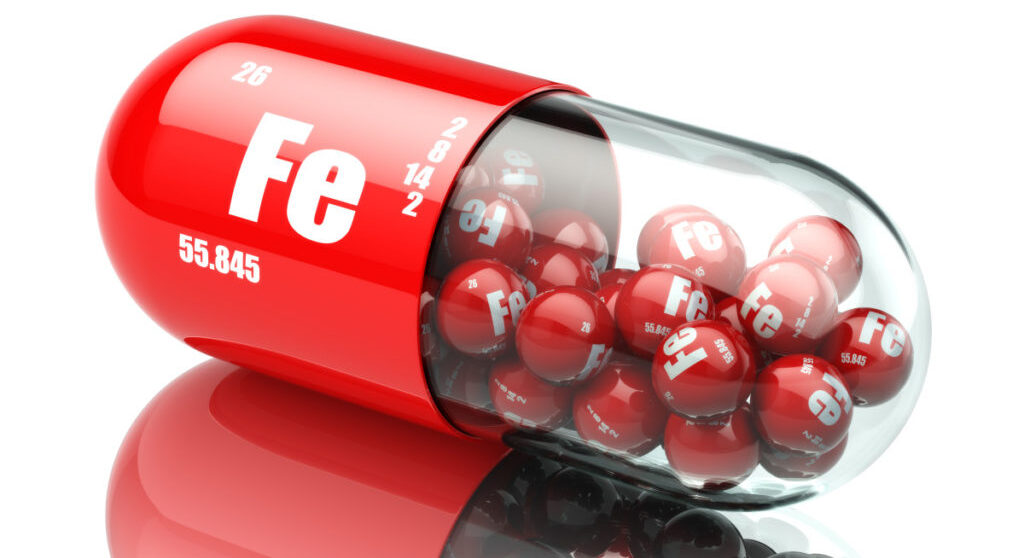NAD+ IV Therapy
NAD IV therapyUltimate Guide to NAD IV therapyThe Science Behind NAD+NAD+ (nicotinamide adenine dinucleotide) is a coenzyme found in all living cells and plays a crucial role in various biological processes. One of the potential benefits of NAD+ is its impact on anti-aging. NAD+ is essential for healthy mitochondrial function, which is responsible for producing energy in cells. As we age, our mitochondrial function declines, leading to reduced energy production and increased oxidative stress. NAD+ supports mitochondrial health, helping to maintain energy production and reduce oxidative damage.NAD+ also plays a key role in activating sirtuins, a group of proteins that regulate cellular health and longevity. Sirtuins are involved in processes such as DNA repair, inflammation control, and metabolism regulation, all of which are important for anti-aging effects.Unfortunately, NAD+ production declines with age and can also be depleted by poor lifestyle choices such as stress, lack of exercise, and unhealthy diet. This decline in NAD+ levels can contribute to the aging process. NAD+ IV therapy is a method to supplement NAD+ levels in the body, potentially restoring mitochondrial function and sirtuin activity. By supporting these key mechanisms, NAD+ supplementation may have the potential to slow down the aging process and promote overall health and longevity.Why NAD+ Matters?NAD+ (nicotinamide adenine dinucleotide) is a crucial coenzyme that plays a vital role in various bodily functions, including energy metabolism, DNA repair, and gene expression. As we age, the production of NAD+ declines, leading to symptoms of aging such as decreased energy levels, reduced cognitive function, and impaired cellular repair. This decline in NAD+ levels has been linked to age-related diseases such as diabetes, cardiovascular disease, and neurodegenerative disorders.NAD+ therapy can help maximize overall health and stay a step ahead of aging by replenishing NAD+ levels in the body. By receiving NAD+ supplementation therapy, individuals can potentially slow down the aging process, improve energy levels, enhance cognitive function, and promote overall well-being. Additionally, NAD+ therapy has been shown to have various benefits, including improved mitochondrial function, enhanced DNA repair, and reduced inflammation. This presents new therapeutic opportunities for addressing age-related conditions and promoting longevity.In conclusion, NAD+ is essential for maintaining optimal bodily functions, and its decline with age can lead to various symptoms of aging and age-related diseases. NAD+ therapy has the potential to provide numerous health benefits and may offer new opportunities for promoting healthy aging and longevity.Health Benefits of NAD+ IV TreatmentsNAD+ IV therapy has been touted as a promising treatment for combating various health issues and promoting overall wellness. This therapy has shown potential in slowing cognitive decline and promoting healthy brain function by supporting neuronal health and improving cognitive function. Additionally, NAD+ IV treatments have been linked to fighting chronic fatigue by increasing energy levels and reducing internal inflammation, leading to improved overall energy and vitality.Furthermore, NAD+ IV therapy has been shown to boost metabolism, regenerate cells, and slow down the aging process. By promoting cellular regeneration, NAD+ IV treatments can potentially contribute to healthier and more youthful-looking skin, among other anti-aging benefits.Specific benefits that individuals can expect to see from NAD+ IV therapy include improved cognitive function, increased energy levels, reduced inflammation, enhanced metabolism, and potential anti-aging effects. Overall, NAD+ IV therapy has the potential to significantly improve overall health and well-being.In conclusion, NAD+ IV treatments offer a range of health benefits, including cognitive support, increased energy, and potential anti-aging effects, making it a promising option for those looking to improve their overall health and vitality.COGNITIVE FUNCTIONNAD+ therapy can significantly improve cognitive function through various mechanisms. By enhancing brain regeneration, NAD+ supports the repair and growth of brain cells, leading to improved cognitive abilities. Additionally, NAD+ therapy boosts focus and concentration by promoting the production of neurotransmitters that are essential for cognitive processes.NAD IV therapy has been shown to increase mental clarity and improve memory, as it helps to repair DNA and protect the brain from oxidative damage. This can be particularly beneficial in reducing the risk of developing neurodegenerative diseases such as Alzheimer’s and Parkinson’s.Cellular energy is crucial for optimal brain function, and NAD+ therapy plays a key role in supporting this. NAD+ is essential for the production of ATP, the molecule that provides energy for cellular processes, including those in the brain. Furthermore, NAD+ is involved in maintaining optimal oxygen levels in cells, which is crucial for brain function.In conclusion, NAD+ therapy can have significant positive impacts on cognitive function through brain regeneration, mental clarity, memory improvement, and protection from neurodegenerative diseases, ultimately contributing to overall brain health and function.STRENGTHENED IMMUNITYImmune system support therapies are vital in maintaining a healthy immune system, which is essential for protecting the body from infections and diseases. NAD+ plays a critical role in boosting immunity by aiding in cellular repair and energy production. Antioxidants like vitamin C and minerals like zinc also play a key role in supporting the immune system by reducing oxidative stress and promoting white blood cell function.These immune system support therapies can restore balance in the body by reducing inflammation and promoting overall wellness. Vitamin C and zinc, in particular, have been shown to reduce the severity and duration of respiratory infections. NAD+ therapy can also strengthen immunity by improving cellular function and repairing DNA damage, ultimately protecting the body from infections and autoimmune diseases.Overall, immune system support therapies, including the use of NAD+ and antioxidants like vitamin C and zinc, are essential for maintaining a healthy immune system and protecting the body from various health threats. By strengthening immunity, these therapies can provide long-term benefits for overall health and wellness.ENERGY BOOSTNAD+ therapy boosts energy levels and combats fatigue by increasing ATP production, the primary energy currency of the cell. NAD+ plays a crucial role in the production of ATP through the process of cellular respiration, helping to generate more energy for the body. Additionally, NAD+ therapy supports various biological processes including DNA repair, cellular signaling, and metabolism, which contribute to overall energy levels.This therapy is commonly used to alleviate symptoms of Chronic Fatigue Syndrome by replenishing









